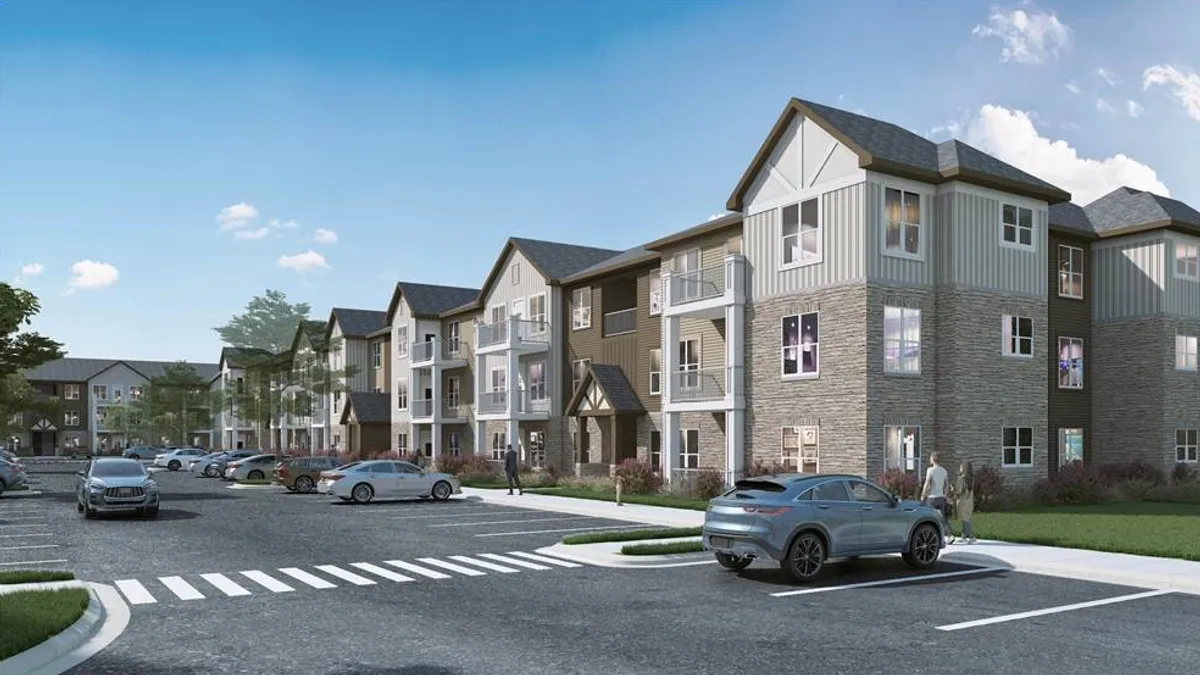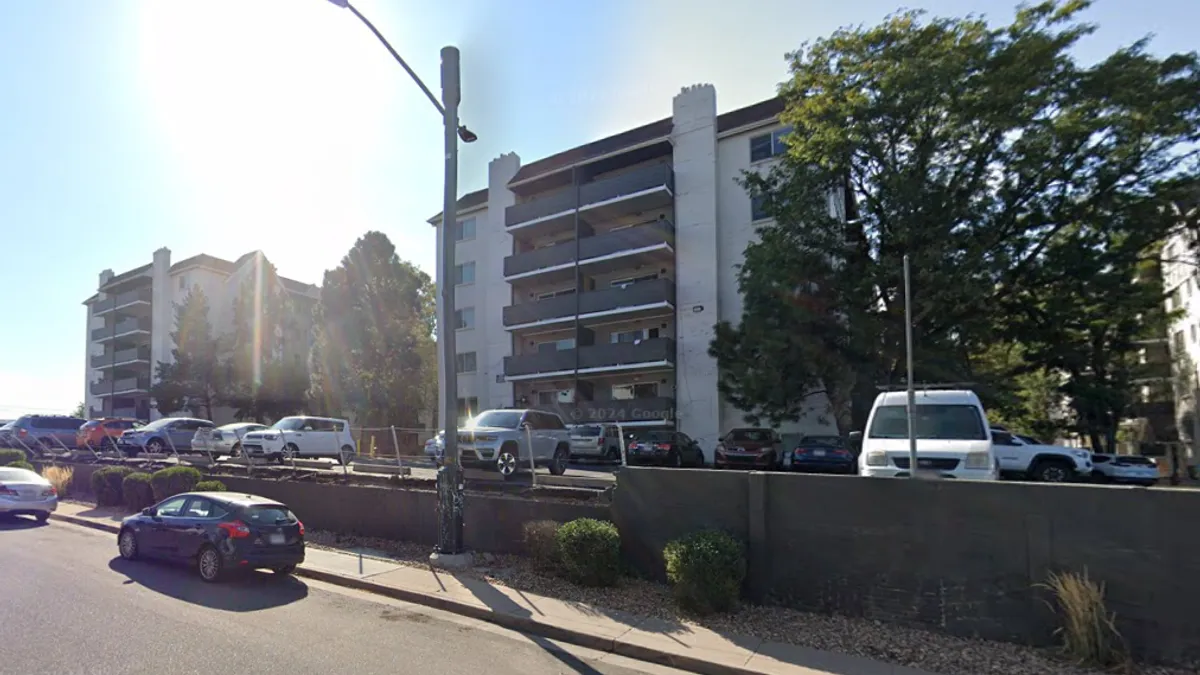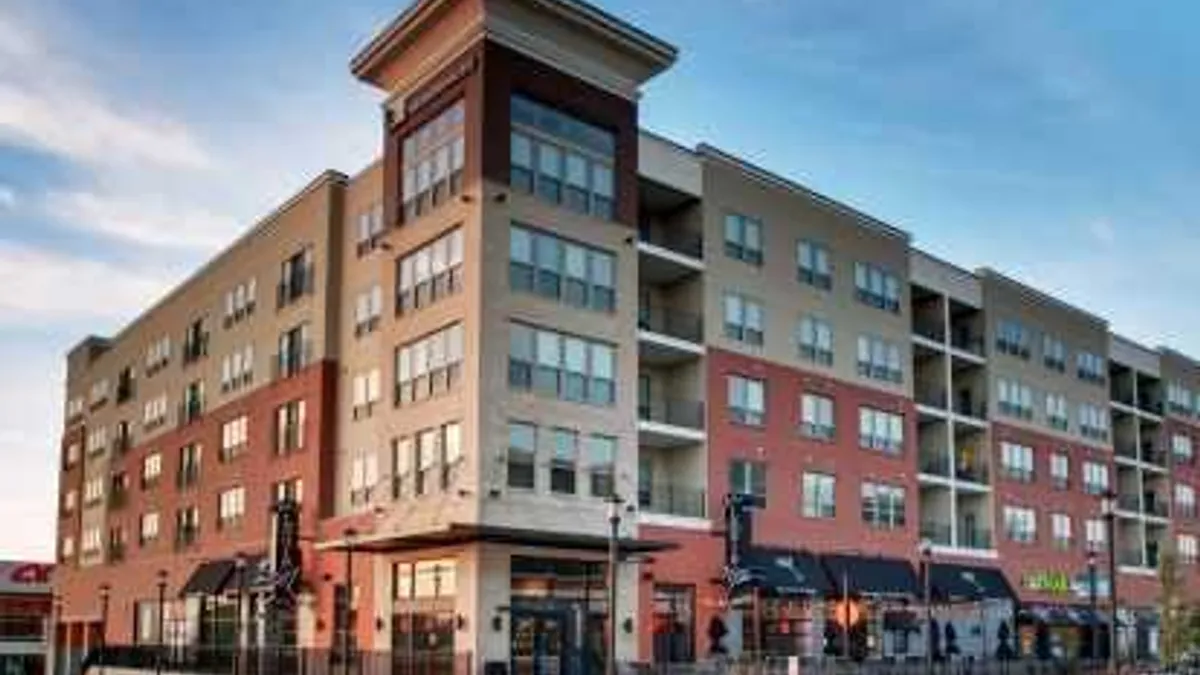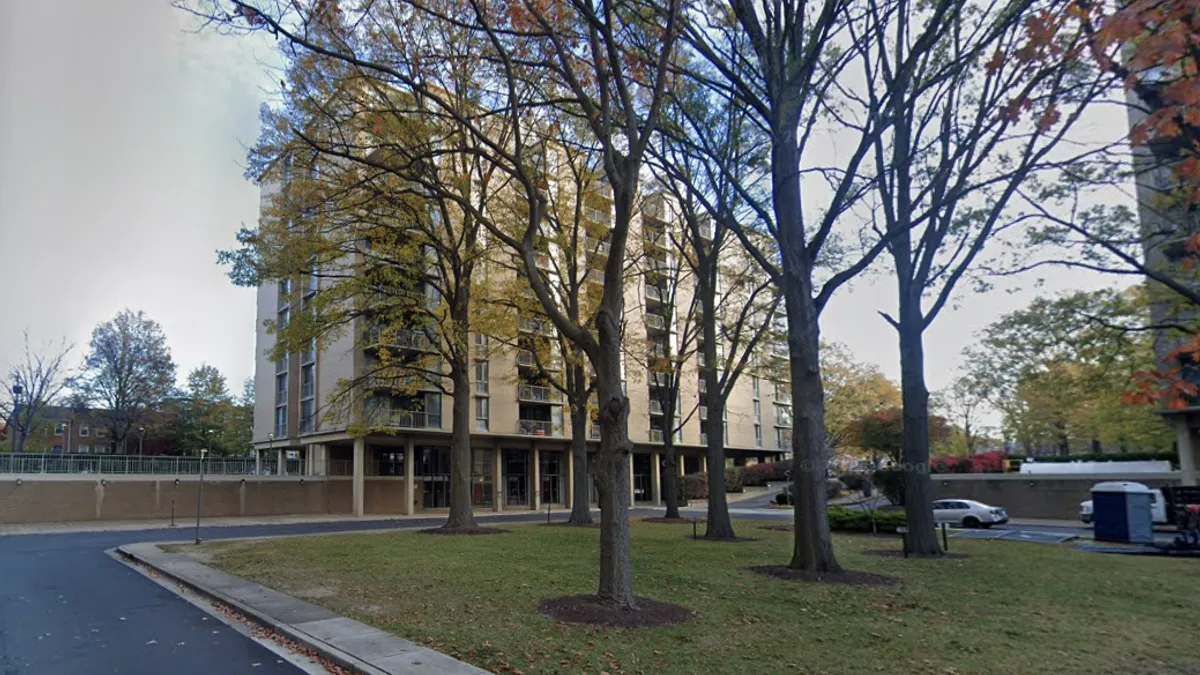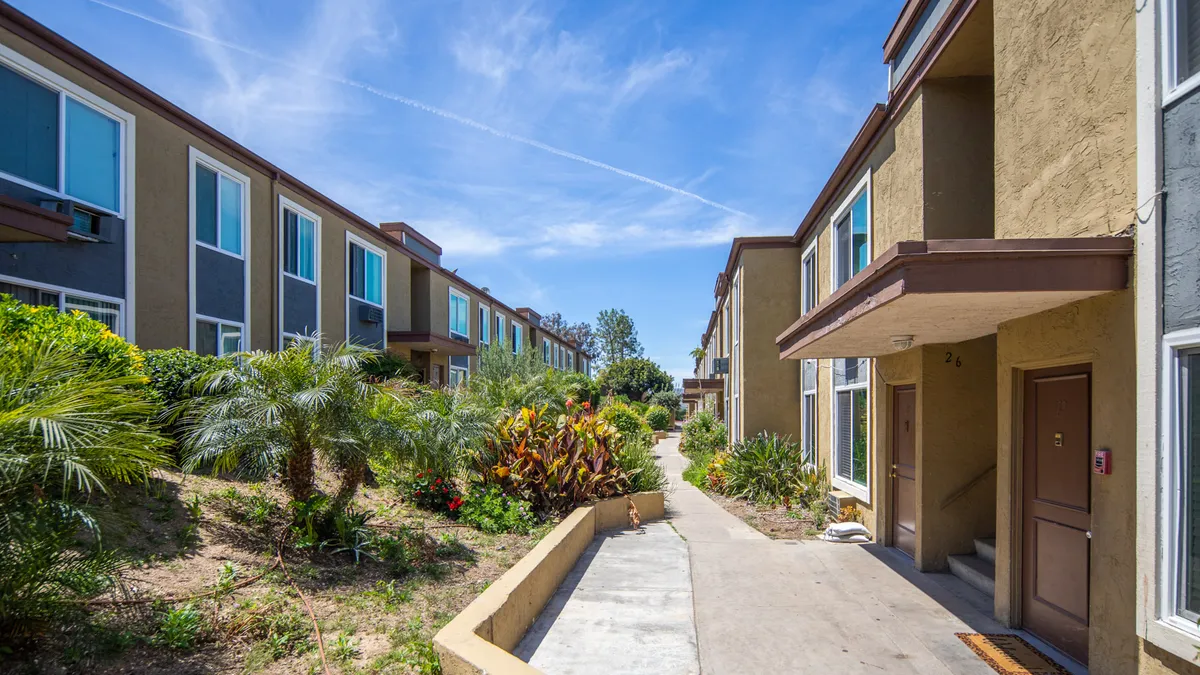Proptech firm MRI Software recently released a report with a finding that is probably no surprise for apartment operators.
In analyzing over 1 million market-rate units from January through the end of August, the Solon, Ohio-based company found that the market is “reverting to pre-pandemic patterns and becoming more predictable.” After a couple of years of turbulence, 2023 is shaping up to be a lot like 2019, when leasing was strong in the spring and summer but slowed in cooler months.
Cindy Clare, chief operating officer for Greensboro, North Carolina-based owner and manager Bell Partners, is seeing similar patterns in her portfolio. “We’re back to a more normal cycle than what we've been in in the last few years,” she told Multifamily Dive. “So, seasonality is playing a role.”
But a return this year to slower leasing in the fall and winter isn’t the only thing challenging apartment operators as the year comes to an end. A jump in supply is also becoming an issue in many metros around the country, with apartment completions in Q3 hitting the highest level since the 1980s, according to RealPage.
In cities that are expecting a lot of new deliveries, like Austin, managers will be facing even more pressure. “In some places, you are going to be fighting for every single new tenant you can get, especially at the top end of the market,” said CoStar's National Director of Multifamily Analytics Jay Lybik.
To maintain occupancy in the face of these pressures, managers are turning to expiration management and, if needed, concessions.
Pressures on demand
Before COVID-19 upended regular patterns in 2020, spring and summer were the busiest times for apartment operators. More prospects sought new apartments during this time frame, touring properties and signing leases. Then, around late September or early October, traffic usually began to slow.

Though it may have picked up briefly later in November until Christmas, operators were primarily focused on maintaining occupancy and renewals when fall arrived.
This year, operators are dealing with the added pressure of more competition from new units just as demand cools.
“There is a lot of new construction finally catching up to or exceeding demand,” said Diane Batayeh, CEO of Southfield, Michigan-based apartment manager Village Green.
New apartment openings don’t pause just because the weather gets cold and fewer people are shopping for apartments.
“Things are coming online in the fourth quarter,” said Allyson McKay, managing director and executive vice president of management services at San Antonio-based developer and manager Embrey Partners. “We all hope and pray that things come online during the summer when people are looking. But when they come online during that fourth quarter, it makes it even more difficult.”
While rents have slowed, they haven’t gone negative yet, except in certain areas. “The only market we've seen go negative is Minneapolis, where there was such an oversaturation of new products,” Batayeh said.
Closing the back door
As seasonality returns to the market and supply picks up, occupancy will be a bigger focus this winter. “While we still look for some rent growth and we certainly do renewal increases and all of those things, we also push our occupancies,” Clare said.
Lease expiration management, where companies like Embrey look to reduce the amount of leases expiring at the same time, is an important tool to maintain occupancies, according to McKay. “We’re just ensuring that we've got that back door closed,” she said.
Village Green works to keep residents in place by getting three to five months ahead on renewals.

“We're offering either no increases on lease trade-out rates or minimal increases on lease trade-outs,” Batayeh said. “So we’re really trying to stem the tide.”
Lowering rent is also an option, but it’s one that operators would like to avoid. “You don't want to dump your rents because you have those residents that are living there,” McKay said. “So it's just finding that right path to keep you on track through the slow season.”
As it negotiates with residents, Village Green is also trying to push more of its lease expirations to the warmer months, when it can more easily fill units and get rent increases. “In the past, we might not have offered that much flexibility on renewal,” Batayeh said.
Concessions creep back in
In the third quarter, national apartment completions for the year reached 405,000 units, according to RealPage. But that is only the start. Another 656,000 units are scheduled to be delivered next year. As this supply hits, managers will offer incentives faster than they normally would to maintain occupancy.
Generally, Bell wants to have its properties between 94% and 96% occupied. “If we’re starting to see traffic slowing down and occupancies are not quite where we want them to be, then we’re going to make adjustments to get the occupancy,” Clare said.

To combat vacancies, managers may have to pull a lever they like to avoid — offering free rent for a certain period of time or some other incentive to residents to sign a lease.
“We are starting to see, in some markets, concessions creep back in,” Clare said. “You may not be lowering your rents, but you’re now offering a small concession to get people to move in so that you can get your occupancies up where you want them.”
Village Green will also go to incentives in areas with high levels of new competition. “In those markets, it's up-front concessions where it doesn't really impact your rent roll because valuations are still very important,” Batayeh said.
Concessions may be here for awhile
While concessions may be back, the days of multi-month free rental offers common in 2008 and 2009 haven’t returned, according to some observers. “We are seeing one month for new lease ups to selective [smaller] concessions for existing assets that have run into problems,” said Jeff Adler, a vice president at Yardi Matrix.
Jay Parsons, senior vice president and chief economist at RealPage, has seen bigger concessions.
“The concessions are really concentrated in lease ups and those can be two or three months in some cases, but we are not seeing nearly as many stabilized concessions in the cycle as we did in the Great Financial Crisis,” he said.
Eventually, the weather will warm up next spring and traffic should pick up again, but new deliveries won’t be going away, meaning concessions might be here to stay for a while.
“I expect that in 2024, we’ll probably see a little more of that as the supply delivers,” Clare said.
Click here to sign up to receive multifamily and apartment news like this article in your inbox every weekday.







